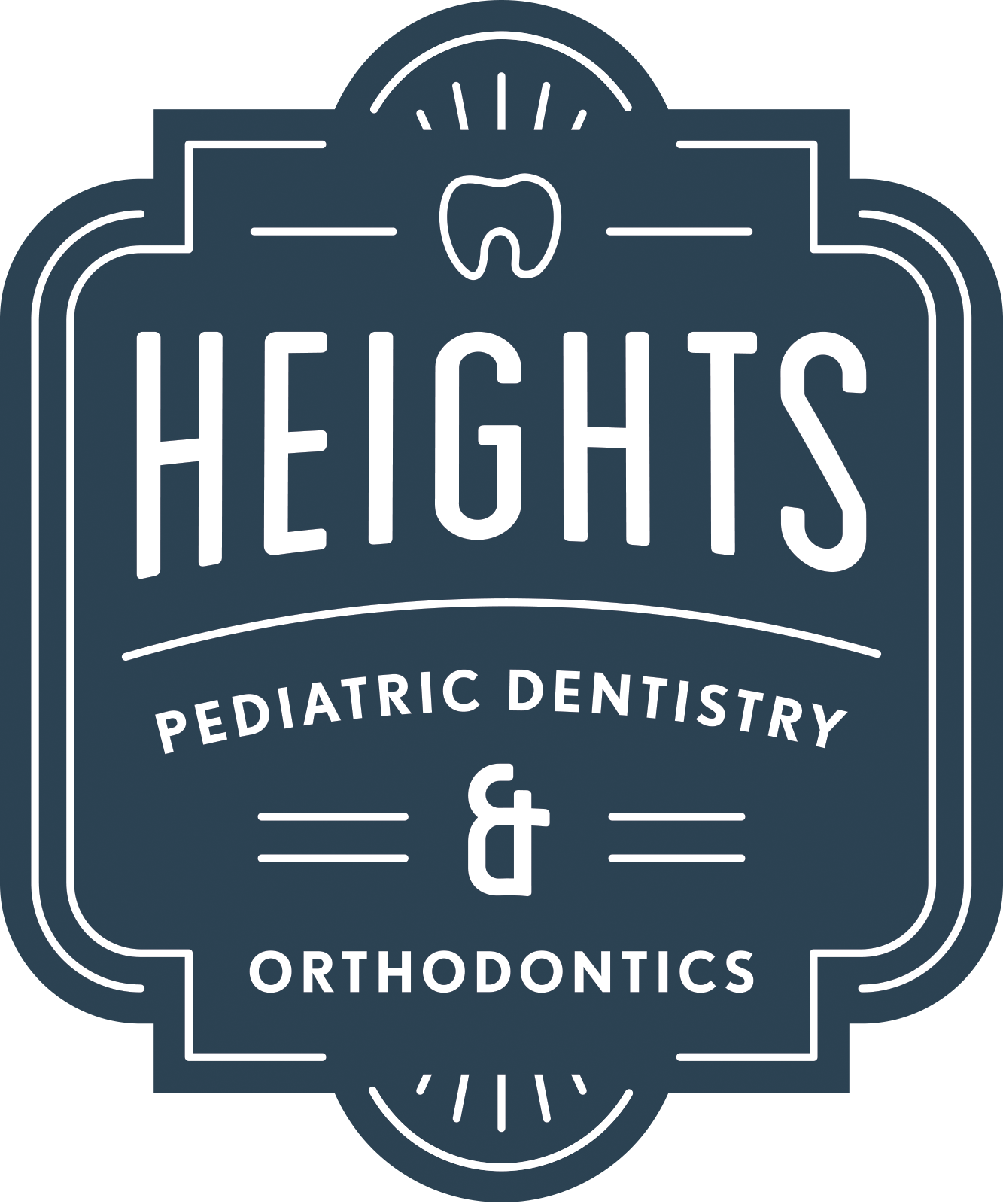IMPORTANCE OF KEEPING UP WITH ORTHO APPOINTMENTS
/Orthodontic treatment can significantly improve the health, function, and appearance of your smile. However, the success of this treatment is not solely dependent on the initial consultation, our orthodontic skills, or the braces themselves. Consistent follow-up visits to your orthodontist are crucial. Unlike regular dental visits where treatment is completed that same day, orthodontic treatment lasts anywhere between one and two years. For this reason, a long-term commitment by the patient and parent must be made to achieve success.
First and most important to a successful orthodontic treatment is maintaining great oral hygiene. As orthodontists, we certainly are focused on aligning teeth, however each appointment is also an opportunity to monitor brushing and flossing. Once braces or any other appliances are placed on the teeth patient enters a high-risk category for cavities since we are adding more places for plaque to hide around the teeth.
Once orthodontic treatment has started, we will see our patients every four to six weeks. It is important to note that these orthodontic appointments DO NOT take the place of regular dental cleanings every six months! In cases where a patient is struggling with oral hygiene while in braces, we will recommend increasing regular dental visits to every three months to prevent cavities or permanent white spots (decalcifications), to form on the teeth around the brackets or attachments.
Besides monitoring oral hygiene, an important reason to keep up with orthodontic appointments is to keep treatment on time! Orthodontic treatment requires regular adjustments to ensure that teeth move into their correct positions. At each appointment, we check the progress of treatment, tighten wires, change elastics, or modify aligners as needed. In addition, skipping appointments can significantly lengthen treatment time. Each visit is part of a carefully planned timeline. Missing appointments or rescheduling frequently can delay progress and extend the time patient spends in treatment.
Regular orthodontic visits also give us the opportunity to check for broken brackets or wires and check compliance with our specific instructions for treatment. This can include evaluating elastics wear, appliance progress with expanders, and aligner wear for our Invisalign patients. All these checks are crucial to finishing treatment in estimated time and providing our patients with the best and most predictable outcomes.
The question we get most often is: “When are these braces coming off?” Staying on track with your orthodontic appointments is vital for the success of your treatment and finishing on time. Regular check-ups help ensure your treatment progresses efficiently, prevent potential problems, and keep patients motivated to reach their goal of a healthy and beautiful smile.
Dr. Lindhorst, Dr. Darsey, Dr. Foss and the Heights Pediatric Dentistry and Orthodontics Team
